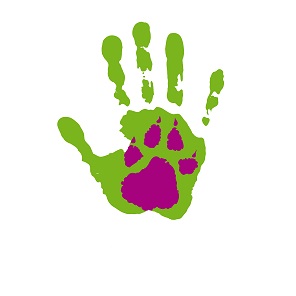Using Cues to Help Your Dog Predict What You Need

What is a Verbal Cue?
A verbal cue is a word that tells your dog what you want it to do. In all dog sports, except scent, luring, and tracking we want to tell the dogs what we want. Even basic obedience has cues that tell the dog what we want.
Unfortunately, we tell the dog what we want it to do and then quit talking to the dog. That is where we need to keep shoving treats into the dog’s mouth to get obedience.
There are 4 types of Verbal Cues
A Normal Cue tells the dog what you want to do. For example, ‘sit.’ You want the dog to perform the cue now.
A Predictive Cue tells the dog what it must accomplish to reach a specific goal, or do an upcoming movement or activity. This could be the ‘seek’ command in scent detection. It could also be the word ‘slow’ as you come up to the corner of a building and don’t want to rush headlong into someone coming the other way.
A Pause Cue tells the dog that you are going to ask for something. I once watched an agility handler give the ‘stop!’ cue. The dog stopped heading towards the wrong jump. She redirected it to the right jump and they continued on their way. Another use of this cue could be the ‘wait’ cue. My dogs know that wait is a pause before they are given permission to go through a door, jump into the van, or have their harness put on.
A Motion Cue changes what the dog is doing. When I’m teaching a pup precision heeling, or rally, I will tell it to turn left one step before we turn. I use the cues to speed up or slow down, but I don’t want them to stop their motion.
When our dogs know what we want them to do they are less stressed. This increases their opportunity to perform better, and more reliably.
Body Language Cues
A lot of people use body language cues. I use body language with my dogs because it helps keep their eyes on me. I have heeling cues for: look, turn left, turn right, follow, walk tight, wait, and stoop.
Bring Clarity To Your Handling
It doesn’t matter what cues you use. The important thing is to think ‘team work’ and keep your focus on your dog. Your dog can follow you more if it knows what you are doing, and where you will be going, instead of waiting for a correction.
